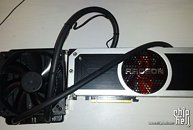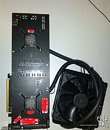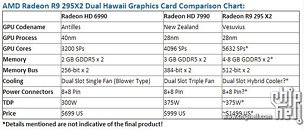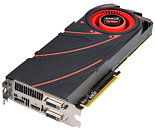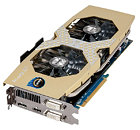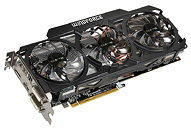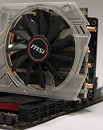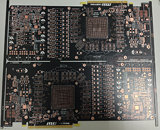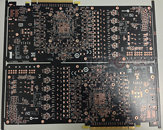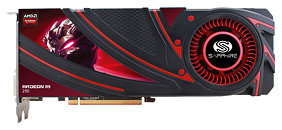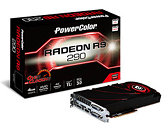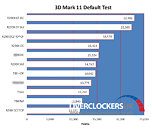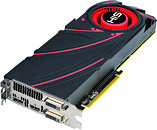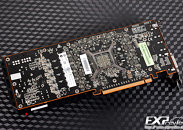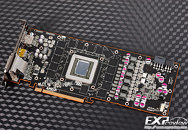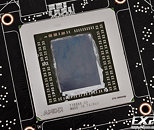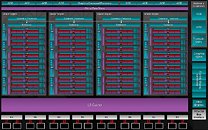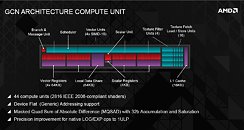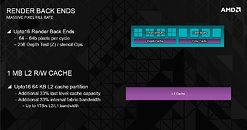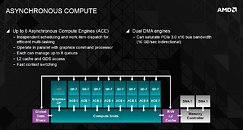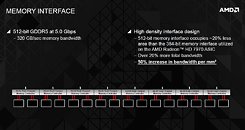
Radeon R9 295X2 Press Deck Leaked
Here are some of the key slides from AMD's press-deck (presentation) for reviewers, for the Radeon R9 295X2 dual-GPU graphics card, ahead of its April 8 launch. The slides confirm specifications that surfaced earlier this week, which describe the card as bearing the codename "Vesuvius," having two 28 nm "Hawaii" GPUs, and all 2,816 stream processors on the chips being enabled, next to 176 TMUs, 64 ROPs, and 512-bit wide GDDR5 memory interfaces. Two such chips are wired to a PLX PEX8747 PCI-Express 3.0 x48 bridge chip. There's a total of 8 GB of memory on board, 4 GB per GPU. Lastly, clock speeds are revealed. The GPUs are clocked as high as 1018 MHz, and memory at 5.00 GHz (GDDR5-effective). The total memory bandwidth of the card is hence 640 GB/s.
The Radeon R9 295X2 indeed looks like the card which was pictured earlier this week, by members of the ChipHell tech community. It features an air+liquid hybrid cooling solution, much like the ROG ARES II by ASUS. The cooling solution is co-developed by AMD and Asetek. It features a couple of pump-blocks cooling the GPUs, which are plumbed with a common coolant channel running through a single 120 mm radiator+reservoir unit. A 120 mm fan is included. A centrally located fan on the card ventilates heatsinks that cool the VRM, memory, and the PCIe bridge chip.
The Radeon R9 295X2 indeed looks like the card which was pictured earlier this week, by members of the ChipHell tech community. It features an air+liquid hybrid cooling solution, much like the ROG ARES II by ASUS. The cooling solution is co-developed by AMD and Asetek. It features a couple of pump-blocks cooling the GPUs, which are plumbed with a common coolant channel running through a single 120 mm radiator+reservoir unit. A 120 mm fan is included. A centrally located fan on the card ventilates heatsinks that cool the VRM, memory, and the PCIe bridge chip.




